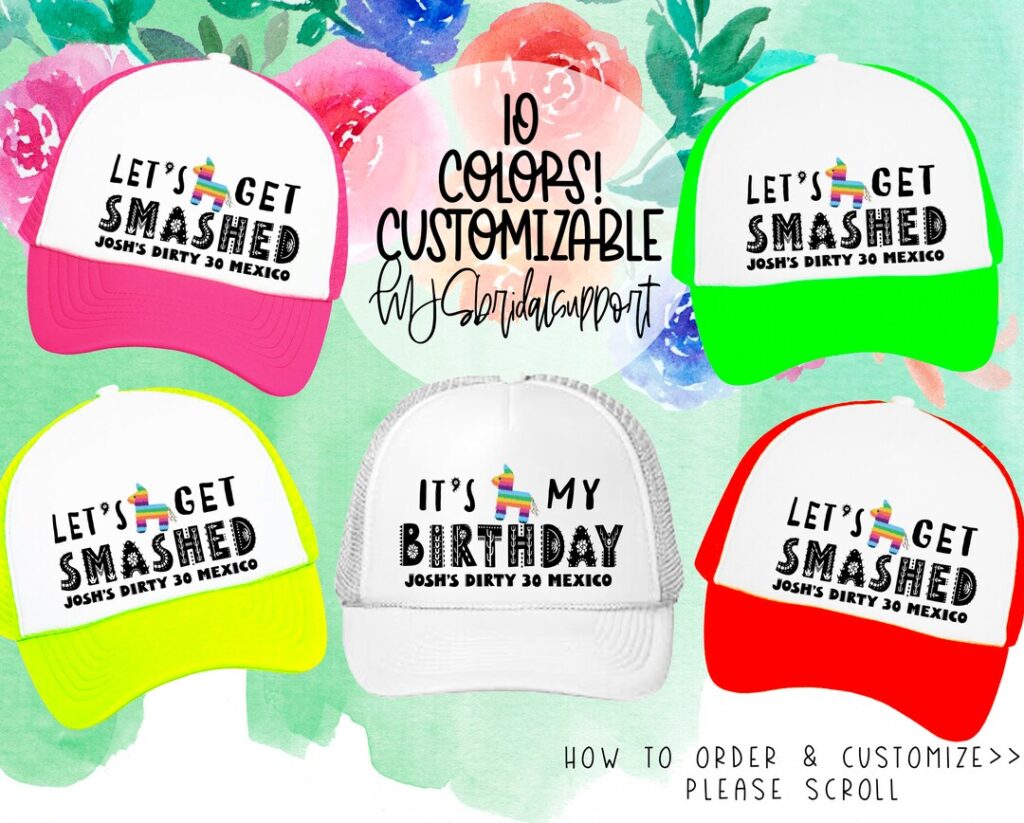How to Start a Hat Business: The Ultimate Guide from Design to Profit (10 Key Steps)
Abstract
The global hat market is expected to reach US$25 billion in 2025, How to Start a Hat Business with a stable annual growth rate of 4.3%. With the rise of personalized consumption and street culture, custom hats have become a popular choice for fashion entrepreneurship. This article will systematically analyze 10 core links of starting a hat business, including market positioning, product design, production model, cost control, marketing strategy and other key dimensions, and attach actual cases and data support to help entrepreneurs avoid 80% of the common mistakes made by novices and quickly establish a sustainable and profitable hat brand.
1. Market positioning: Find your golden niche
Argument: Accurate positioning is the key to avoiding homogeneous competition
- Argument:
- Hot market segments:
- Street fashion (35% market share)
- Sports function (sun protection/quick-drying technology)
- Light luxury fashion (designer co-branded models)
- Enterprise customization (brand peripheral products)
- Case: New Era has an annual revenue of over $500 million by focusing on professional baseball league licensed caps
- Data: The profit margin of niche design caps can reach 60-80%, far exceeding the basic models (30-40%)
2. Product design: Balance creativity and manufacturability
How to Start a Hat Business Argument: Excellent design needs to consider production process and cost
- Argument:
- Design element matrix: | Design elements | Cost impact | Process difficulty | | Embroidered logo | Medium | Low | | 3D embroidery | High | High | | Special cutting | High | Medium | | Reflective material | Medium | Low |
- Useful tools: Adobe Illustrator (vector design), Clo3D (stereo simulation)
3. Production model selection: ODM vs. self-production
How to Start a Hat Business Argument: Startup brands should give priority to the asset-light model
- Argument:
- Model comparison: | Model | Startup cost | Minimum order quantity | Suitable stage | | ODM | $500-$2000 | 50-100 tops | Start-up period | | Self-proofing | $3000+ | 300 tops+ | Growth period | | Self-built factory | $100,000+ | – | Mature period |
- Case: Hat Club initially adopted ODM, and built its own production line after annual sales of 100,000 caps
4. Analysis of the core cost structure
How to Start a Hat Business Argument: Controlling costs is the lifeline of profitability
- Argument:
- Cost composition (taking a basic baseball cap as an example):
- Fabric: $1.5-$3/cap
- Accessories: $0.5-$1.5/cap
- Labor: $0.8-$2/cap
- Decorative craftsmanship: $0.5-$5/cap
- Cost optimization strategy: centralized procurement, simplified process, gradient pricing
5. Supply chain management: balance between quality and delivery time
Argument: A reliable supply chain determines the life and death of a brand
- Argument:
- Supplier evaluation dimensions:
- Sample pass rate (should be >80%)
- Delivery on time rate (should be >95%)
- Defective rate (should be <3%)
- Industry data: A high-quality supply chain can reduce product return rate by 40%
6. Pricing strategy: Combination of psychology and data
Argument: Scientific pricing directly affects conversion rate
- Argument:
- Price range analysis:
- Affordable models: $15-$25 (volume products)
- Mid-range models: $35-$60 (profit-making products)
- High-end models: $80+ (brand premium)
- Tips: Using the “99” pricing method can increase sales by 12% (such as $39.99)
7. Online sales channel layout
Argument: DTC model is the best choice for start-up brands
- Argument:
- Channel ROI comparison: | Channel | Average conversion rate | Average order value | | Independent website | 1.5-3% | $55 | | Etsy | 2-4% | $35 | | Amazon | 0.5-1.5% | $25 |
- Essential tools: Shopify website building, Klaviyo email marketing
8. Hot-selling marketing formula
Argument: Content marketing is a low-cost customer acquisition tool
- Argument:
- Effective strategy:
- UGC content: User order conversion rate increased by 3 times
- KOL cooperation: Micro-influencers (10,000-100,000 fans) have the lowest CPM
- Joint marketing: Cross-border cooperation can increase sales by 500%
- Case: 47Brand creates hot-selling products through NBA star street shots
9. Inventory management wisdom
Argument: Scientific stocking to avoid capital chain breaks
- Argument:
- Stocking formula: First order quantity = (estimated monthly sales ÷ 30) × production cycle × 1.2
- Data: Reasonable inventory turnover rate should be maintained at 4-6 times/year
10. Brand long-term value construction
Argument: Intellectual property is the core asset
- Argument:
- Must register:
- Trademark (text + graphics)
- Appearance patent (unique design)
- Copyright (original pattern)
- Case: Brixton was acquired by Dickies for $100 million through patent design
Summary: Entrepreneurship Action List
- Market research: Use Google Trends to verify category popularity
- Design and development: Make 3-5 representative samples
- Production test: Small batch production (50-100 tops)
- Brand building: Register trademark + build official website
- Marketing launch: Focus on 1-2 core channels
- Data optimization: Monitor conversion rate and repurchase rate
Cost control skills:
- The first order is controlled within $3000
- The marketing budget does not exceed 30%
- Maintain a gross profit margin of more than 50%
Avoid pit guide:
- Avoid too many SKUs (first batch <10)
- Carefully select customized processes (give priority to mature solutions)
- Strictly control sample quality (no more than 3 modifications)
Industry trends: Sustainable materials (such as recycled polyester fibers) and smart wearables (such as UV sensor hats) will become future growth points. Entrepreneurs are advised to continue to pay attention to technological innovation.

